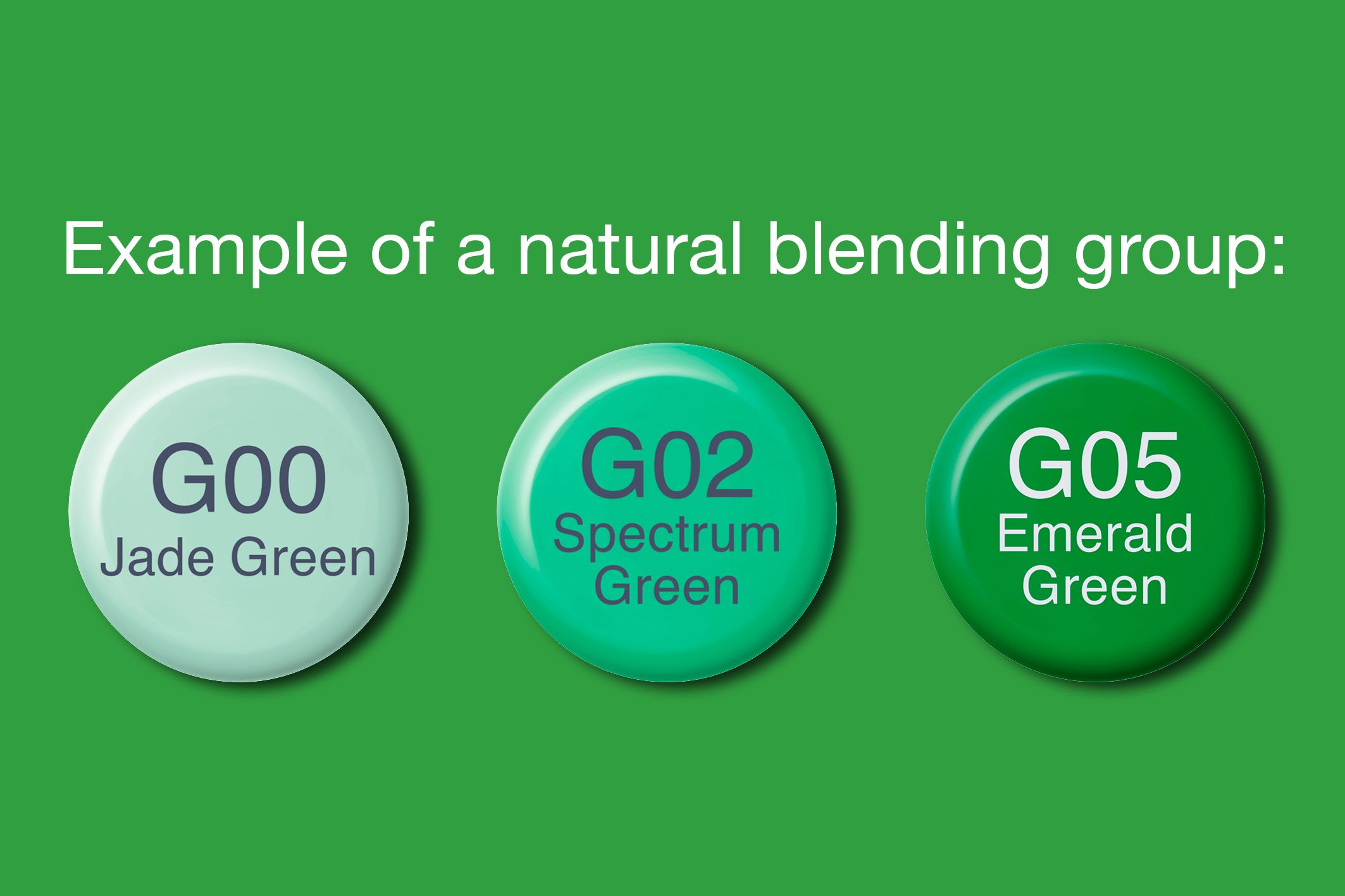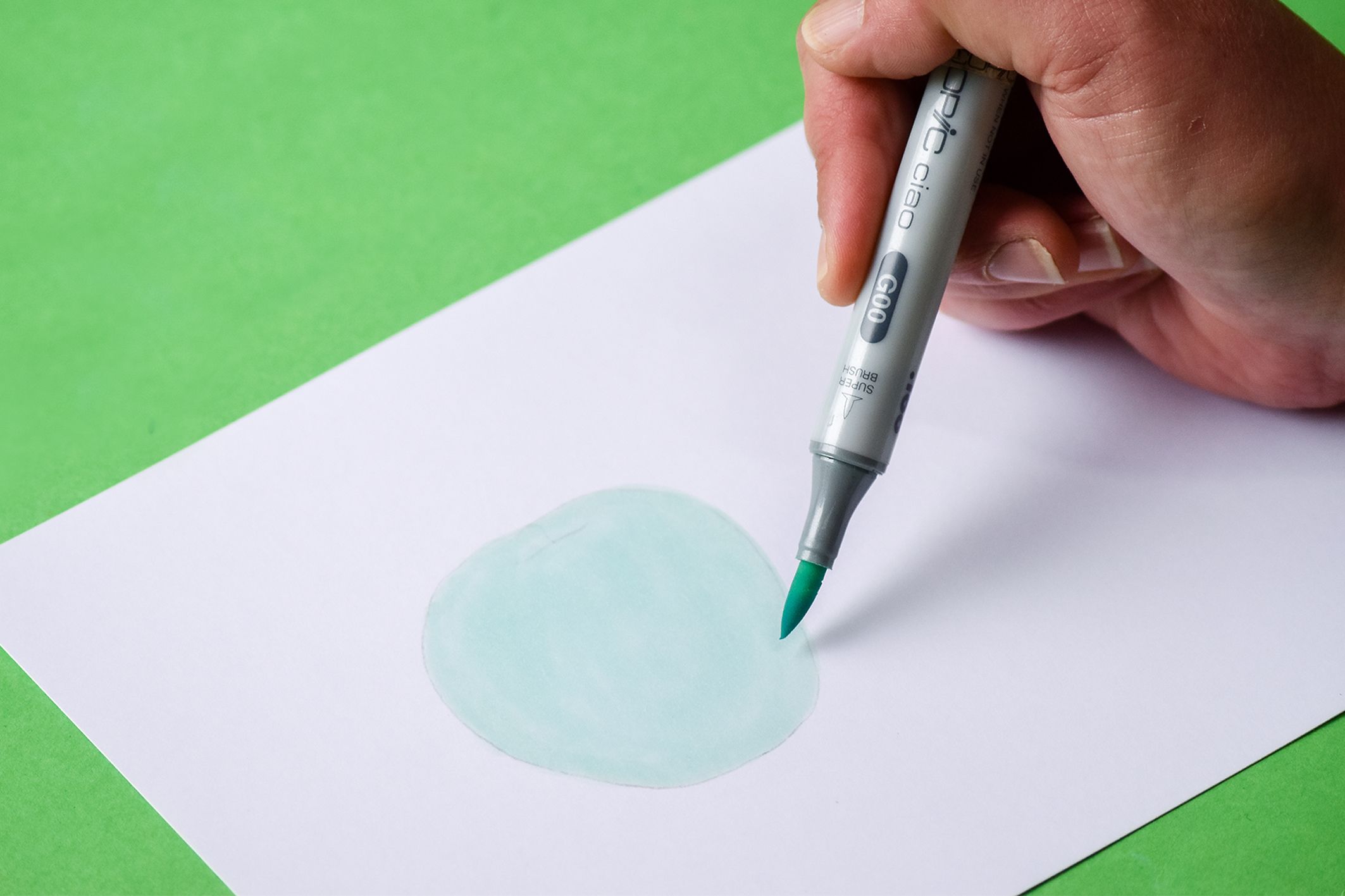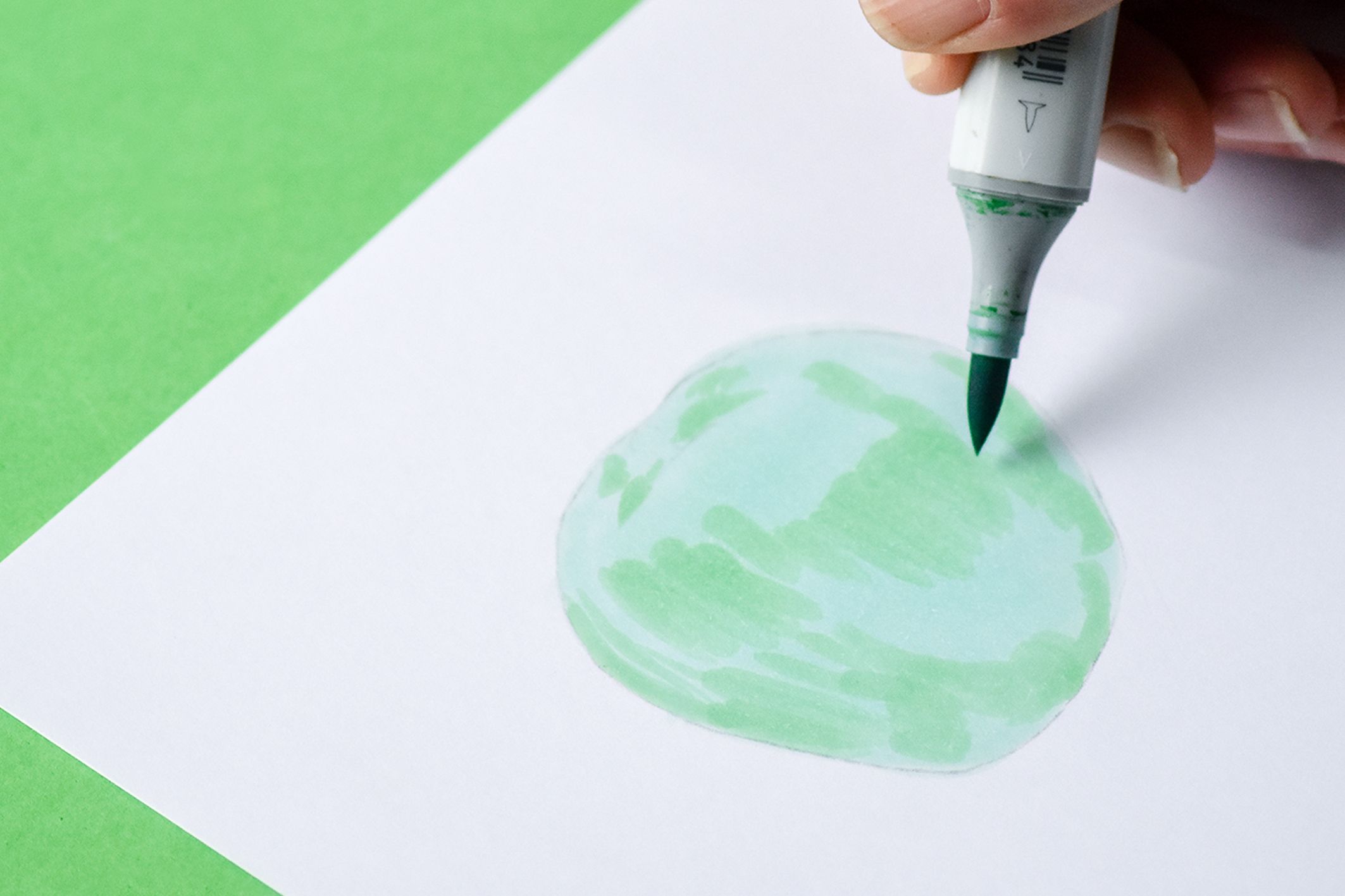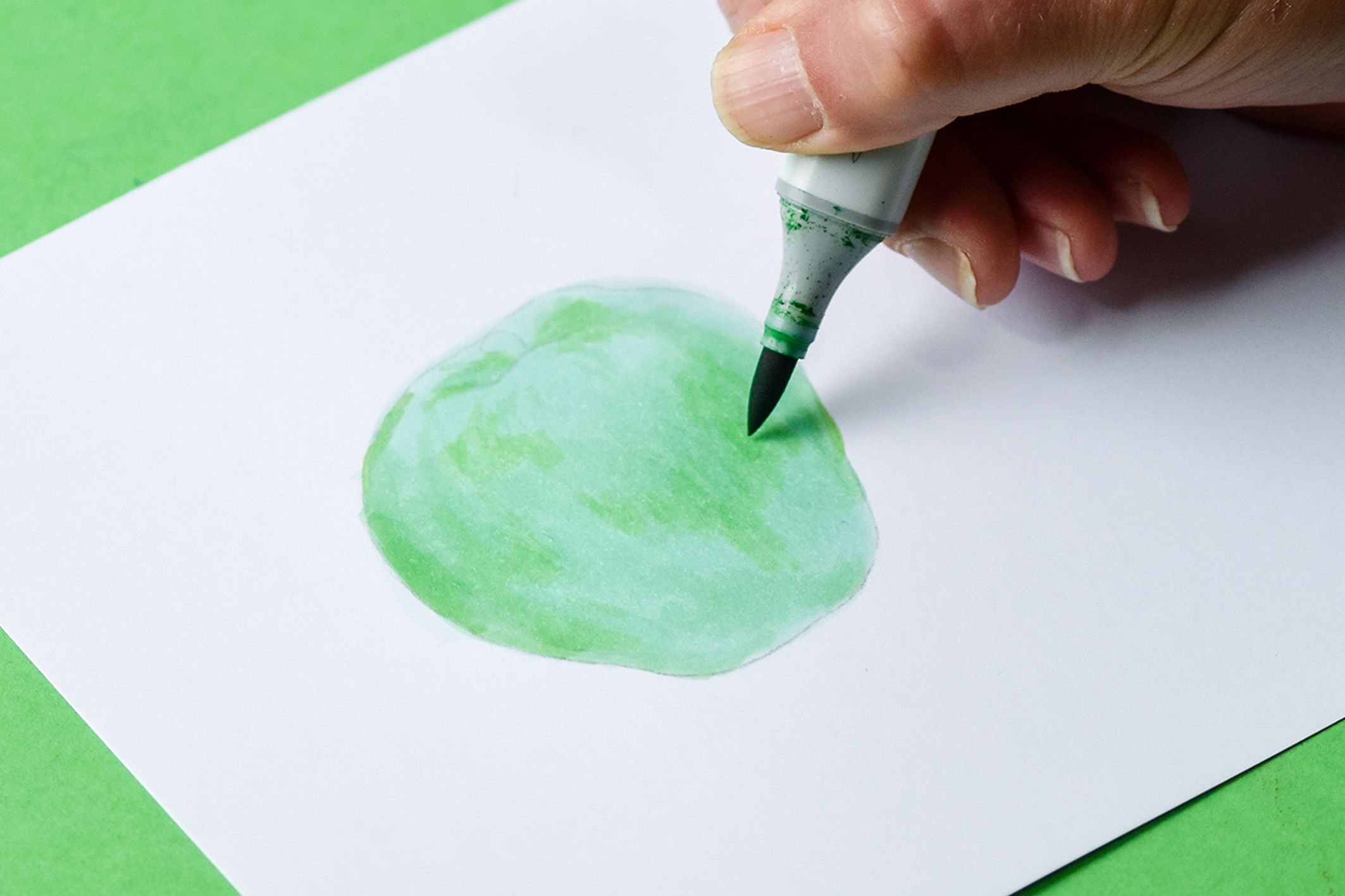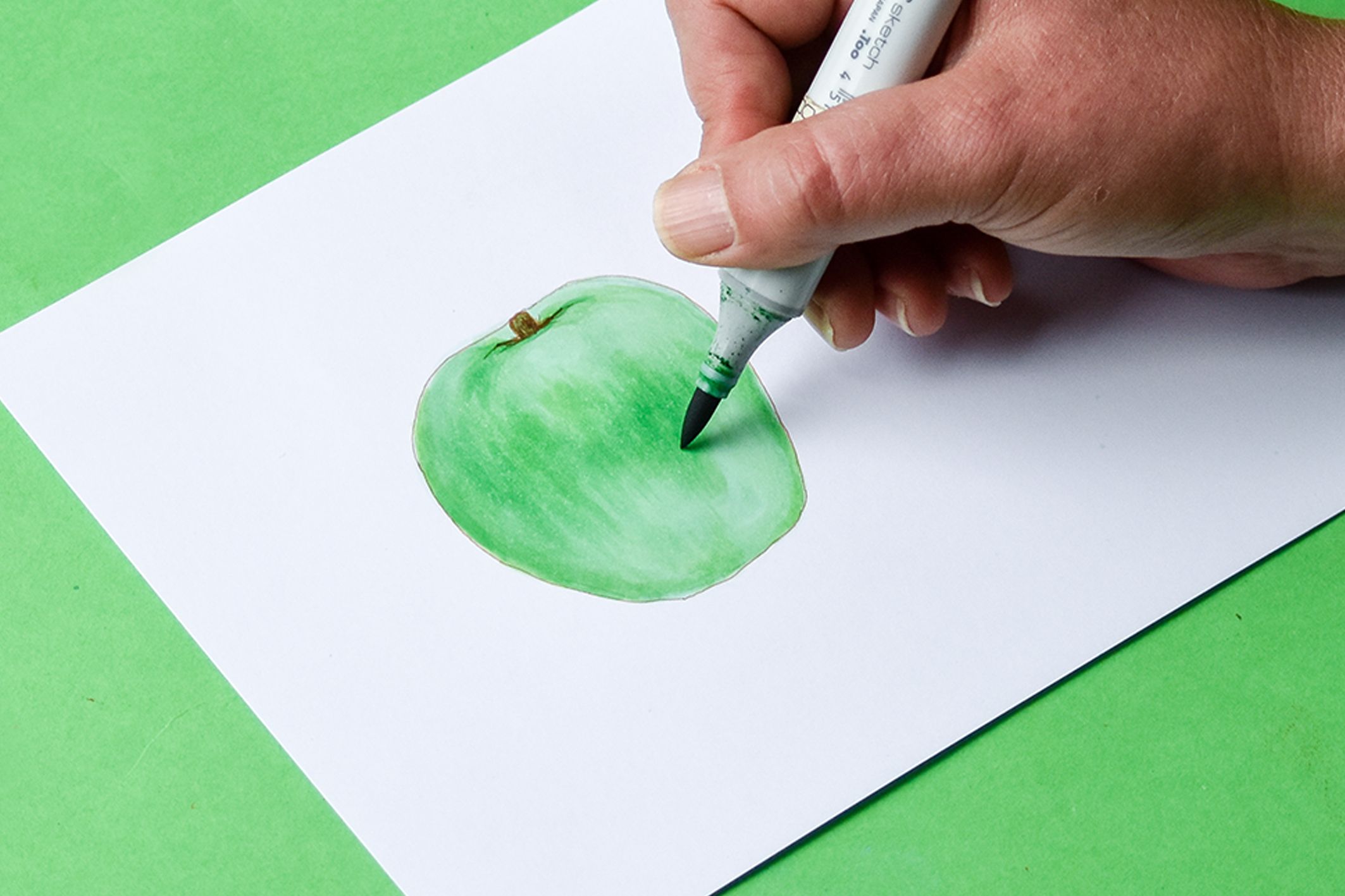Shop Now
- Copic
-
Painting
-
Paint
- Acrylic
- Oil Colour
- Water Mixable Oil
- Gouache
- Watercolour
- Decorative
-
Inks
- Atelier Acrylic Inks
- Sakura Oil Printing Colours
-
Permaset Screenprinting Ink
-
Permaset Aqua Standard
- Permaset Aqua Standard 100ml
- Permaset Aqua Metallic 100ml
- Permaset Aqua Standard 300ml
- Permaset Aqua Glow 300ml
- Permaset Aqua Metallic 300ml
- Permaset Aqua Standard 1Lt
- Permaset Aqua Process Colours 1Lt
- Permaset Aqua Glow 1Lt
- Permaset Aqua Metallic 1Lt
- Permaset Aqua Standard 4Lt
- Permaset Aqua Process Colours 4Lt
- Permaset Aqua Glow 4Lt
- Permaset Aqua Metallic 4Lt
- Permaprint Premium
- Permaset Aqua Supercover
- Screenprinting Sets
- Print Paste
- Screenprinting Accessories
-
Permaset Aqua Standard
- Amsterdam Acrylic Inks
- Mediums
- Canvas and Surfaces
- Brushes and Tools
-
Paint
-
Drawing
- Markers
- Pens
- Pencils
- Pastels
- Inks
- Drawing Surfaces
- Accessories
- Surfaces
- MABEF Easels
- Craft & Cutting
- Adhesives & Tape
- Display & Storage
- Framing Supplies
- Monumental Masons
- Talens
- Tutorials
- X-Press It
- Acrylic Paint
- Acrylic Pouring
- Art
- Art Creations
- Australian Artist
- Blending
- Chroma
- Cobra Water Mixable Oil Colours
- Colour Mixing
- Copic
- Deco Tape
- Double Sided Tape
- Drawing
- Ecoline
- Fineliners
- Gel Pens
- Gelly Roll
- Hand Lettering
- Koi Watercolours
- Lightfastness
- Mixed Media
- Oil Painting
- Oil Pastels
- Paint Markers
- Painting
- Pastels
- Pencils
- Permanent Markers
- Pigma Micron
- Pouring Art
- Rembrandt
- Sakura
- Soft Pastels
- Solvent Free Oil Painting
- Step By Step Tutorials
- Storage
- Talens
- Tips & Techniques
- Van Gogh
- Watercolour Brush Pens
- Watercolours
- X-Press It Craft
- Metal Leaf
- Glue
- Adhesives
- Alcohol Markers
- Copic Sketch
- Copic Classic
- Copic Ciao
- Copic Ink
- Airbrushing
- Refillable
- Alcohol Ink Art Techniques
How do I do basic blending?
Natural Blending Group:
A natural blending group consists of Copic markers that have the same letter, same first number, and a few digits difference in the last number. If you would like more information on understanding the Copic colour System and what colours should I choose? Click here to view our blog.
Basic Blending:
Any lighter shade will move the pigment of a darker shade around. When blending always use the lighter shade to blend. To do basic blending follow the below steps:
Step 1: Pick three Copic colours that form a natural blending group. In our example, we are using G00 / G02 / G05.
Step 2: Colour the area with the lightest shade (G00). This will help saturate the paper and allow for easier blending.
Step 3: Add the medium shade (G02) to areas of the image to be darkened. Leave some of the lightest shade visible, as those areas will become your highlights.
Step 4: Add the darkest shade (G05) to the areas of the image to be shadowed. Leave some of the medium and light shades visible.
Step 5: Begin the blending process. Using the medium shade Copic marker (G02), make small flicks or sweeping motions where the dark and medium shades meet. Do not go over the entire dark-shaded area or too far into the medium-shaded area.
Step 6: Blend the medium shade into the light shade with the light Copic marker (G00).


